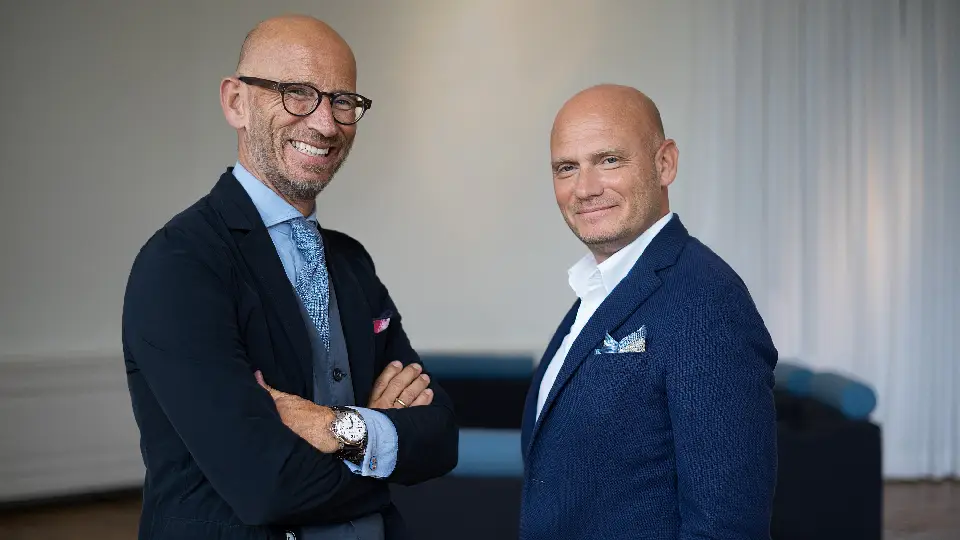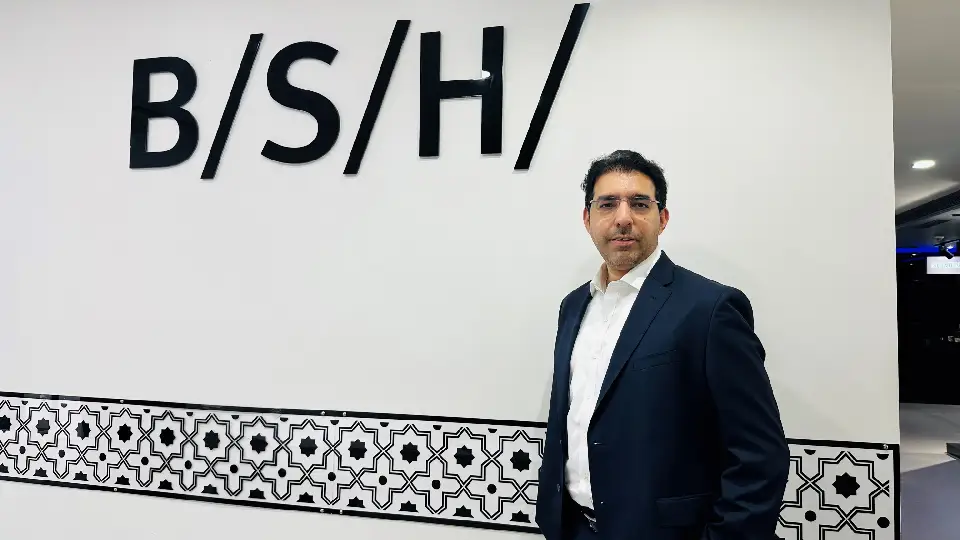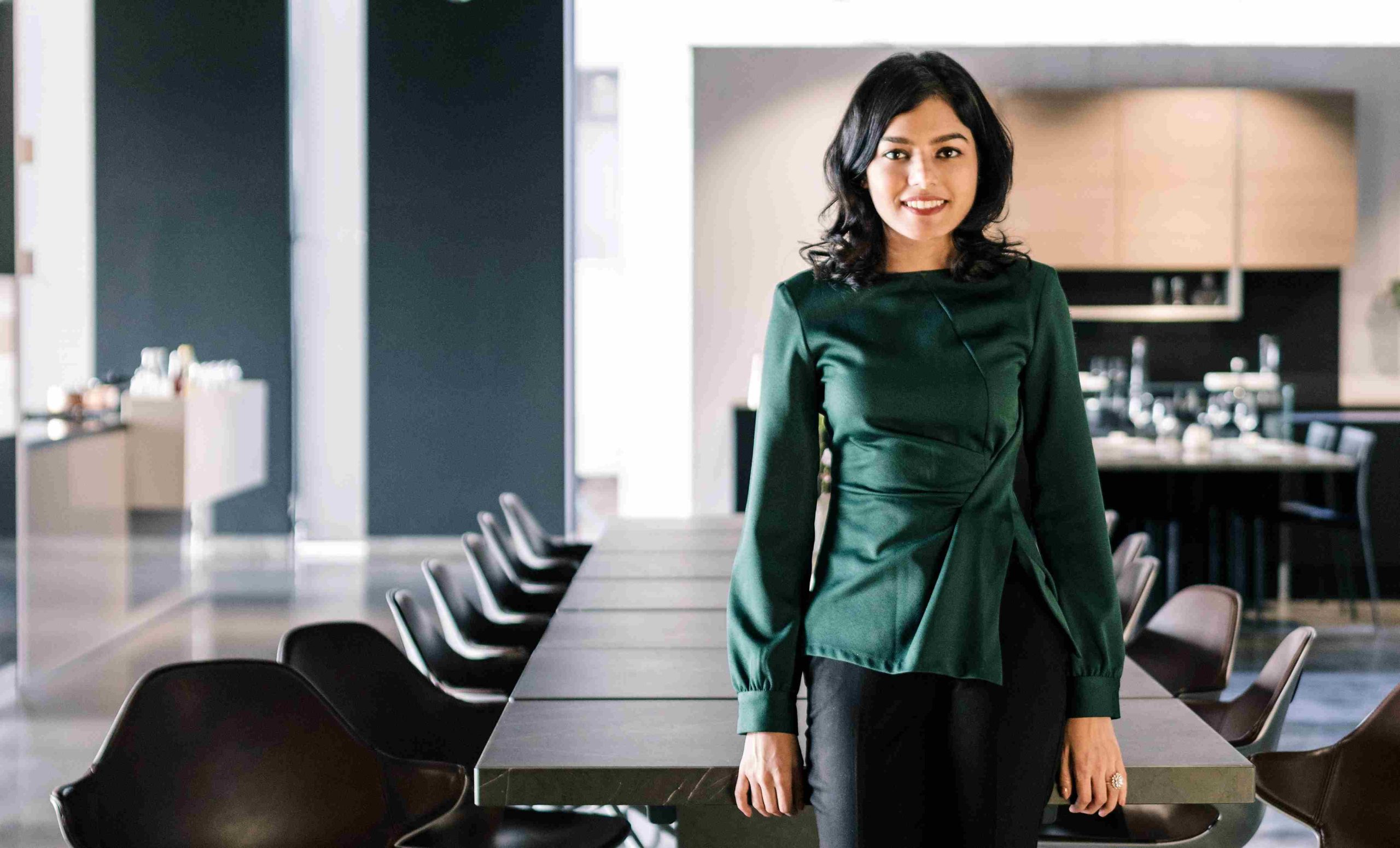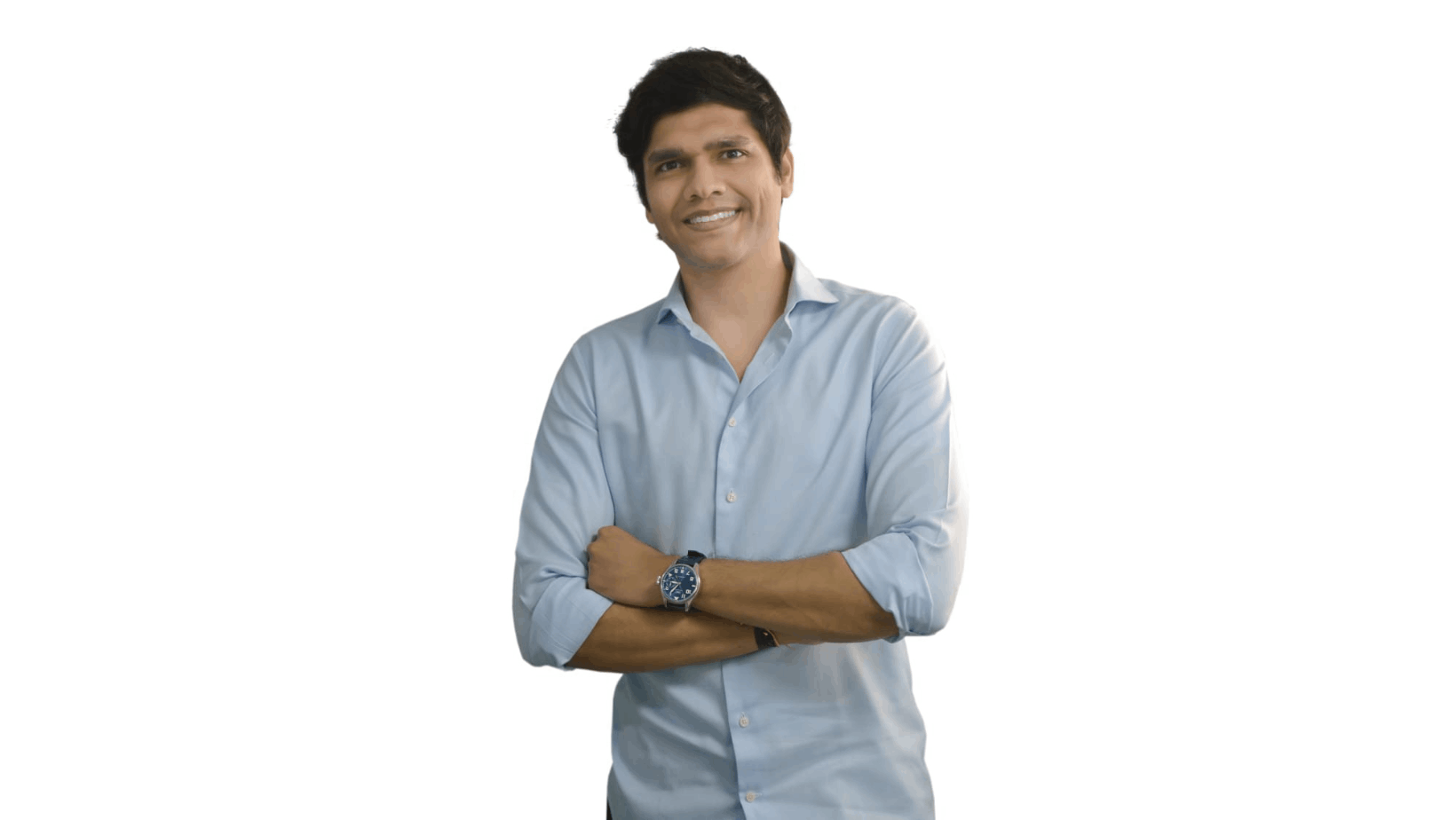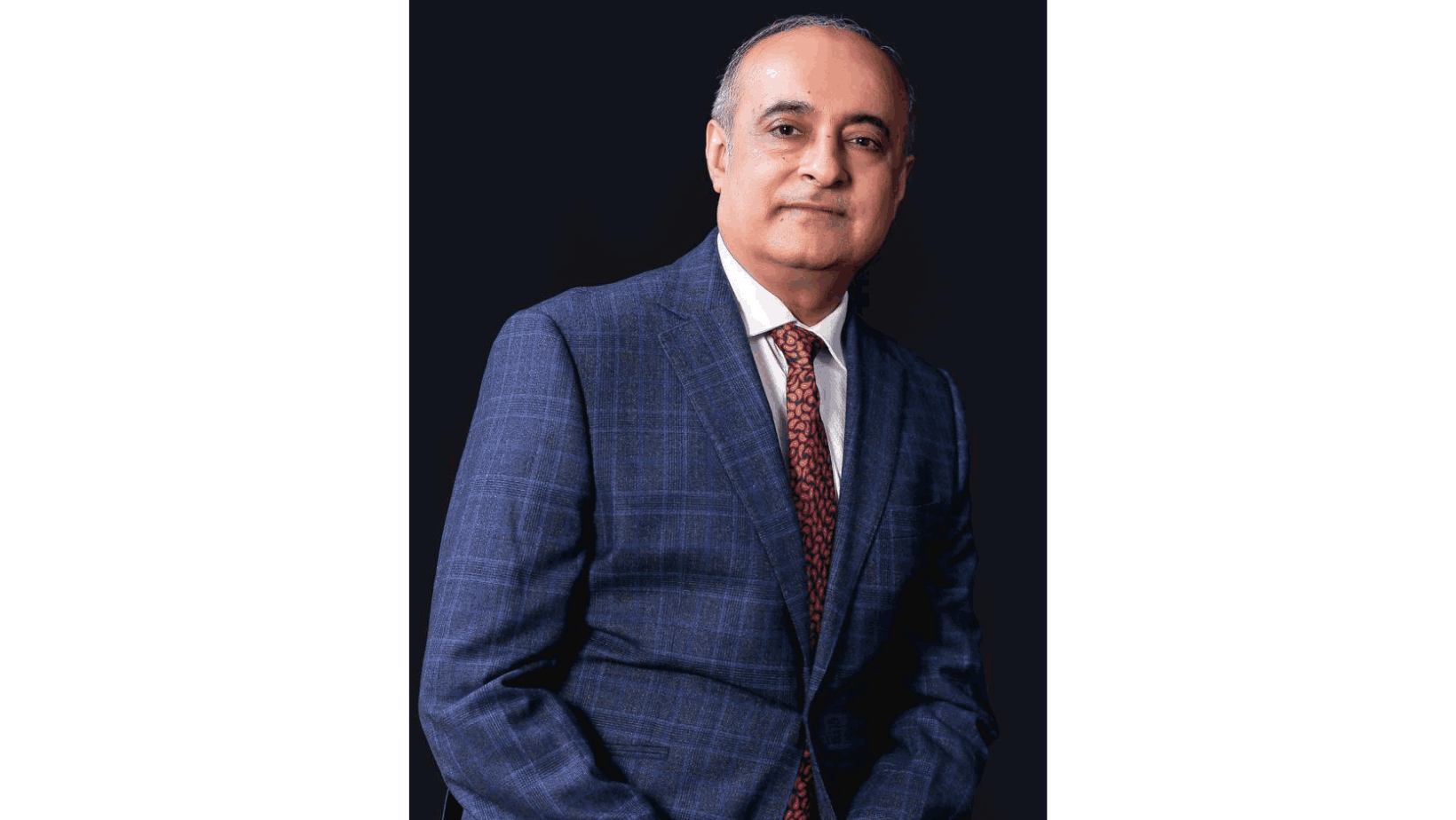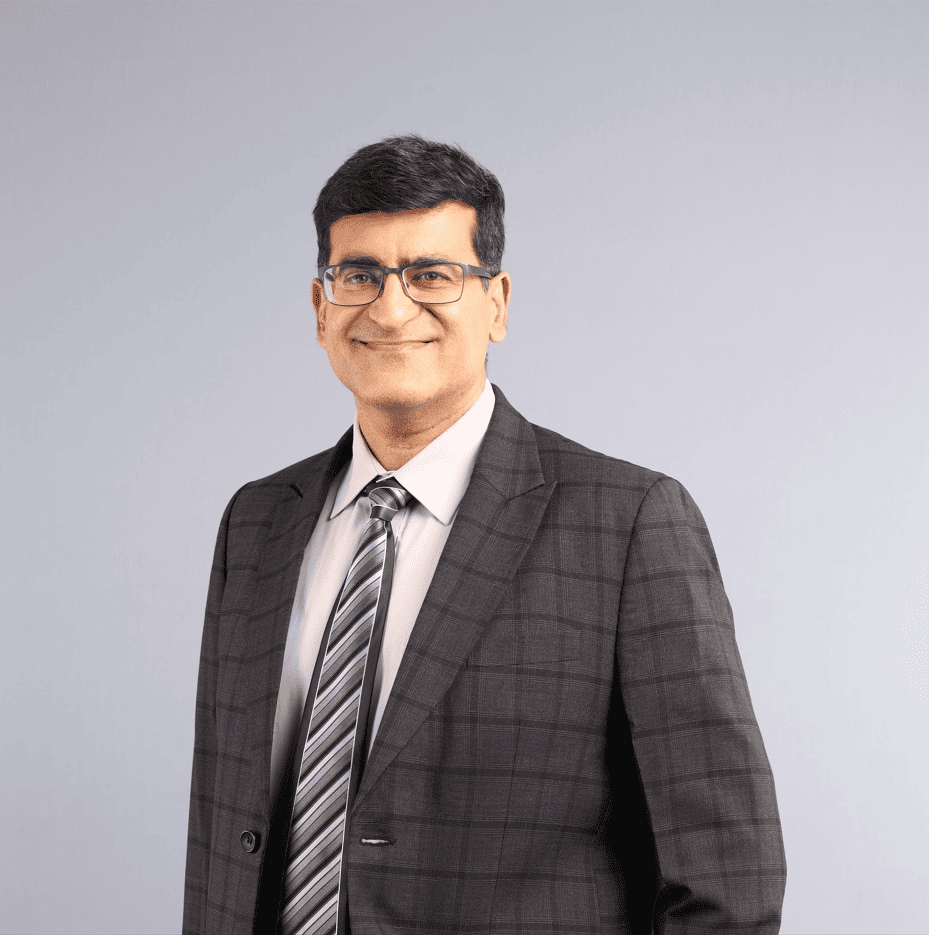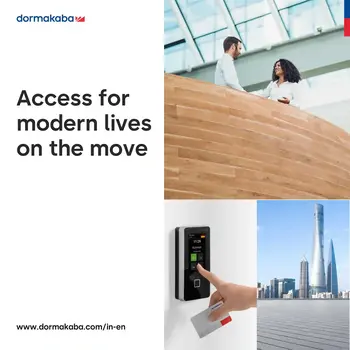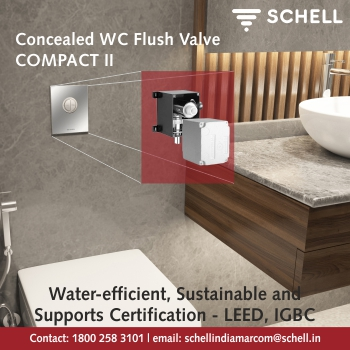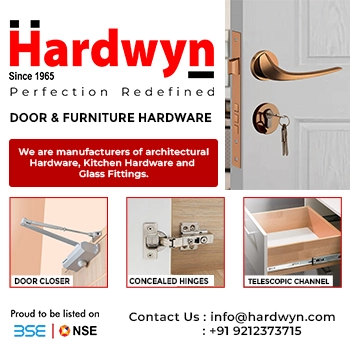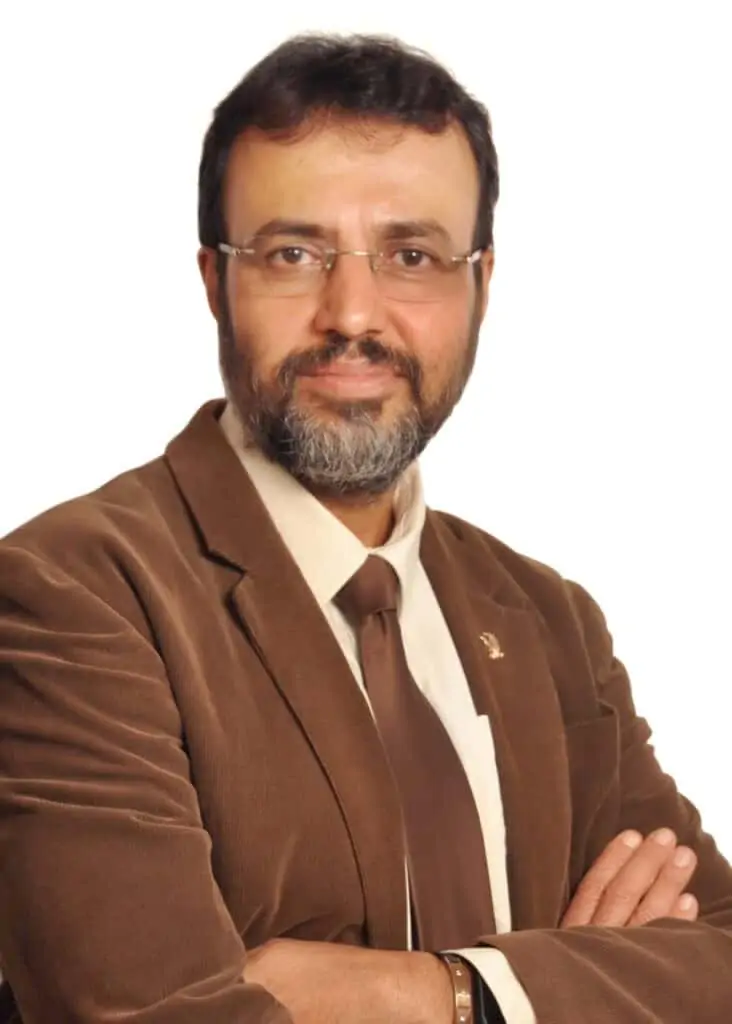
Water treatment solutions have never been more important in pursuit of sustainability of built-up spaces. This is because we live in a world that is getting poorer on water each passing day. Governments and societies across the world have been increasingly getting aware and active on ways and means to use available water judiciously. Ion Exchange (India) Limited has been offering solutions for water purification and waste water recycling for a long time in India. Buildingandinteriors.com speaks to Mr.Ajay Popat, President, Ion Exchange (India) Limited.
B&I: Water is a precious natural resource and Ion Exchange is in the business of managing it. You are also in a market which has many ‘make-shift’ water treatment solutions providers. For a commercial project (that an Architect/Consultant should consider), what are the salient differentiating factors of your solutions?
AP: Ion Exchange (India) Limited is a pioneer of water treatment in India and is a leading company in the field of Total Water and Environment management since the past 56 years with a growing global presence. Such a positioning against the backdrop of a fragmented nature of competition speaks volumes of the Company’s ability to foresee its customer’s needs and satisfy them with advanced, cost effective technologies and solutions.
We are acknowledged as pioneers for almost all products, process technologies to treat any type of water & waste water. This is achieved with our state of the art R&D facility, innovative approach to excellent design & engineering capabilities and global manufacturing facilities, all backed by the largest 24×7 service network. Thus for a commercial project, we are a one stop shop solution!
B&I: Many a times, the project requirements need customisation. When a Specifier suggests your water treatment solutions in a commercial project, say a hotel or an educational institution, what are the points he should consider that ensures that he actually gets a good post-installation experience?
AP: Ion Exchange is uniquely positioned to offer BOTH Customised and Standardised solutions. We were the first company to promote the concept of standardisation that saves tremendous amount of engineering, procurement, construction time and costs; whilst, meeting the exacting needs of our end customer. Thus, we have standardised designs for all types of Sewage treatment technologies (SBR, MBR, and MBBR, Anaerobic etc), water treatment plants (Clarifiers, Filters, Softeners, Demineralisers, UF/RO). These are pre-engineered plants which gives the customer, flexibility to choose amongst a vast range of models to meet his/her requirements in terms of inlet / outlet quality, space availability etc. Standardisation ensures no re-work, no re-engineering, quicker deliveries and makes it very easy to install and operate. In short it’s a ‘Plug and Play’ operation.
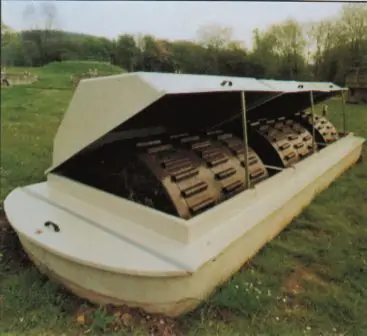
B&I: Most of our cities (and now towns as well) face water shortages. Countries like Singapore have championed waste-water recycling. As a leading solutions provider in this segment, what are your giveaways to technical and policy groups on the water challenges faced by us?
AP: In many parts of the world, water has become a limiting factor particularly for industrial development. Water resource planners are continuously looking for additional sources of water to supplement the inadequate quantity available in the region. Source substitution appears to be the most suitable alternative to meet the growing water demand especially for industrial use. Water scarcity, high cost of raw water, growing demand and stricter discharge norms have created awareness regarding the benefits of recycle water that has led to its increasing adoption by industry as well as residential and commercial complexes. A water security policy for sustainable development must embrace a much broader public approach to water recycle as an effective means of creating a new and reliable water supply. Fortunately, the emerging trend is to treat Industrial as well as municipal waste water for reuse. However, the recycling of both these resources requires improvement. Currently, only 20-25 % industrial waste and 7-10% of municipal waste water is treated for re-use.
Apart from helping meet the growing demand for water, recycle of municipal waste water would also yield enormous environmental benefits such as avoiding the discharge of waste water into surface waters that would reduce and prevent pollution, and preserving or augmenting ground water resources.
The future outlook for sustainable development and environment protection would be recycle and reuse of industrial and municipal waste water. It should also integrate liquid and solid waste treatment with resource recoveries to ensure faster capital pay back. Once again, Ion Exchange has led these concepts and has created impressive references for ‘Alternate Water Sources‘ and ‘Integrated Waste Management’. We have been successful in advocating these concepts publicly, involving the participation of all stake holders and thus help bridge the coordination among various agencies involved.
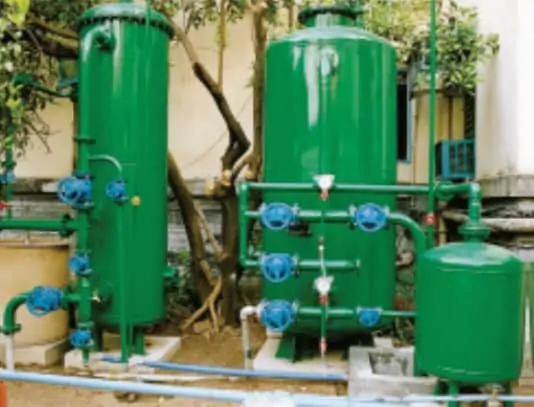
B&I: What is your technical support mechanism for projects that addresses the pain areas for the Architect/Consultant/Contractor?
AP: Designing, planning and developing are the integral tasks of architects, consultants and to certain extent contractors. They need to provide sustainable solutions to the end customer for sewage & water treatment. This includes environmental impact assessment, feasibility study, cost benefit analysis and more importantly land use or space requirements.
Also, as per NGT directives on environment norms, they require support on selection of sewage and water treatment plants. Ion Exchange works with architects/consultants and contractors from the conceptual stage till commissioning of the project and provide technical support / guidance on all the above factors. We also help them by sharing latest technology concepts which provide significant life cycle cost savings to the end user compared to conventional products. We add value by undertaking water audits in order to ensure effective utilisation of the water in the premises and thereby designing systems with optimum capacity. Another very important factor in this segment is Operation & Maintenance of STP & WTP, Ion Exchange undertakes short to long term comprehensive O&M contracts for smooth operations.
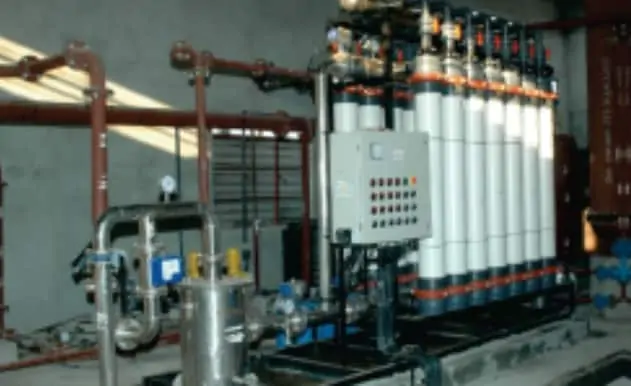
B&I: How do you see the market (commercial) for water treatment/purification evolve over the next 3-4 years? What new technologies/direction do you foresee?
AP: Commercial water treatment / purification market is growing at a CAGR of 15% and it will continue to grow further at a higher pace. The main factor for faster growth rate in this segment is awareness of drinking good quality water, rapid urbanisation, increased trend of high spend on personal hygiene, health consciousness and ease of finance to purchase water purifiers.
Technology & innovation remains the mainstay of operation to improve water efficiency, reduce cost of expenses & apply automation where ever necessary. We foresee that the solutions, products and services available in water & waste water treatment sectors are becoming more dispersed and varied in quality and capability. The digital transformation in the sector will grow at a faster pace where focus will be more on having real time data & actionable information based on automation of equipments.
B&I: Water quality at the inlet stage is varied across India. This has implications for running of equipments/appliances using water. The problem hasn’t been addressed fully. What are the challenges in this sphere?
AP: The selection of equipment is based on three major factors – source, inlet quality and end use of water. It is also true that water quality changes not only after every few hundred meters but also with the change in source.
A plant will be designed for a certain process to meet stringent outlet requirements. However, sometimes you might find out later that you need to adapt your equipment to account for changes in outlet quality requirements. Though, not a common occurrence but sometimes this could happen after plants have been installed for many years. The plant may be running well and designed to deliver a certain kind of outlet quality, and later if the standard of the quality requirements changes the plant may no longer meet the requirements. For this reason, plants should be designed with some forward thinking based on experience of the system designer keeping in mind as to what might be anticipated. It is also helpful for expansion and quality improvement and allows space in the plant for adding additional equipment to handle changes in quality requirements. Once again Ion Exchange is uniquely positioned to offer ‘rehabilitation and modification‘services to its customers leveraging its technologies to significantly reduce client’s capital expenditure ,whilst meeting their revised needs of quality and /or quantity for water and waste management.
B&I: Which are your strong geographical markets and segments in India? What would your focus markets and segments be over the next 1-2 years?
AP: Water & waste water treatment constitute a major part of utility for any manufacturing industry as well as for the builder segment. We cater to all segments industries, institutions, homes and communities (both urban & rural) not only in India but also globally. As far as geography is concerned we have a pan India presence with our offices & factories located across India & overseas. We will be focusing to cater to all possible geographical markets in a phased manner as the unlock begins.
As mentioned above, we offer our services to majority of sectors but yes the demand has gradually increased towards Pharma / Food & Beverages & of course; the infrastructure segment is also expected to pickup pace post COVID keeping in view Government Plans on expenditure in this segment.
B&I: How do you see the pandemic affect/change your market? How does your client interface change in the post-Covid19 scenario?
AP: The pandemic has certainly affected majority of the sectors that we deal with and as a result many of the ongoing large projects have temporarily slowed down. Businesses have definitely been impacted in the short term because of this; but yes, this doesn’t change our growth but rather gives us the opportunity to focus & cater to the demands of those sectors which are involved in manufacturing essential commodities as well as providing essential services.
Post Covid we are expecting client interface will be mostly focusing towards automation of existing units with less human intervention & hygiene will be given the utmost priority. A concept, Ion Exchange is well positioned to offer to larger section of its global prospects.
B&I: Tell us about some of your latest and innovative solutions for the commercial segment
AP: Ion Exchange being a pioneer in the field of water & waste water treatment services has come up with many innovative solutions to cater to the commercial segment.
Ion Exchange has pioneered the concept of membrane bio-reactor in various configurations and operating modes for industrial and municipal applications. We have standardized Indion MBR technology for requirement of industries, municipalities and household for different capacities. INDION IPC®MBR is an innovation in MBR technology that combines the advantages of flat sheet and hollow fiber membrane systems while eliminating disadvantages of the classically flat sheet MBR. It uses the first fully back-washable membrane.

We have also successfully commercialised a mini bottling Kiosk ‘Indion Quencher’. This unit serves as an in-house facility for bottling of drinking water using recyclable glass bottles & is a great replacement for plastic for the hospitality industry. Indion Quencher also incorporates a specific air sanitizing facility to secure the bottling environment from air borne bacteria & fungi.
Our wide and complete range of specialty chemicals for utility/HVAC applications meets that commercial segment’s needs for trouble free operations of water circuits most efficiently.
B&I: Different companies within building and construction segment have started using new age technologies like AR/ IoT/ VR etc successfully to develop advanced solutions. What are your thoughts on that? Are you planning to leverage these technologies to develop some disruptive solutions?
AP: Covid has definitely changed the market outlook not only in India but also globally. In India particularly we have seen that businesses have started moving towards digital means whether it is AR/IOT or VR. We strongly believe that digitalisation will definitely write a new chapter in the growth of the economy as it is fast, convenient and gives you the leverage to connect anywhere in the world within minutes.
At Ion Exchange we have already started using digital means to connect with our clients & also internally. Not only this, we are successfully managing client’s water management systems at remote locations through our online monitoring systems. Our dedicated service personnel are already resolving customer issues by taking leverage of digital systems.
B&I: One of the biggest client segments for your solutions (Water Purification or Sewage Treatment Plants) is the government department (municipal corporations, water supply boards etc). What are the challenges you face in convincing these organizations about new solutions?
AP: Being a pioneer in the field of water & waste water treatment, Ion Exchange has been dealing with all major Government Bodies, Municipalities pan India. Our Government’s Vision of developing infrastructure & smart cities has definitely given opportunities to adapt to newer technologies & solutions. So, at this stage convincing these organizations about new solutions isn’t a hurdle as focus is towards developing improved infrastructure through new technologies in all aspects. Many government bodies and progressive municipal corporations have started adopting the latest technologies & have understood the importance of these technological developments in terms of life cycle cost of these plants.
B&I: Do you think that the rural areas in India are primed to adopt new solutions in water and sewage treatment? What are the challenges you see in these areas?
AP: We have seen significant development in rural parts of the country where adopting to technologies for safe drinking water and proper sanitation are given utmost priority. We have been closely working with lot of Government bodies mainly the Public Health Engineering Departments as well as Non Government Organisations in rural areas to provide these basic amenities with our customized range of products and technologies. Ion Exchange has developed an excellent product range to address rural India’s ground and surface water issues. Special fluoride, arsenic, nitrate, iron removal systems have been developed using resin technology as hand pump or power pump attachments to take care of these ground water contaminants. We have been constantly coming out with new easy to use and operate products to cater to the requirements of the rural sector.
In addition, our packaged sewage treatment and faecal sludge treatment solutions ensure waste (liquid and solid) is effectively treated with emphasis on product recovery and reuse.
As challenges we would say that awareness among rural community needs to be more focused upon in order to adopt available technologies. Availability of trained manpower for operation and maintenance of these systems is also a challenging factor.
B&I: How does your range of industrial solutions address the environmental concerns of your customers?
AP: Our industrial solutions include recycling & zero liquid discharge systems apart from conventional water treatment & waste water treatment plants. As per latest PCB norms the effluent generated from industries cannot be released into the environment without treating. We have our state of art technology for treating these effluents and ensure zero discharge from industries. We also have our own state-of-the-art membrane manufacturing facility (UF & RO) for treating raw water and recycling waste water as well as membranes for non water applications.These technologies have reduced the load on industries in terms of raw water requirement for their process & have also taken care of the environmental concerns.
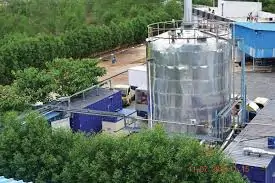
We have also launched ‘Indion Andicos’ an integrated waste management solution to convert organic waste and sewage sludge generated by institutions, homes and communities into energy, water and fertilizer.













